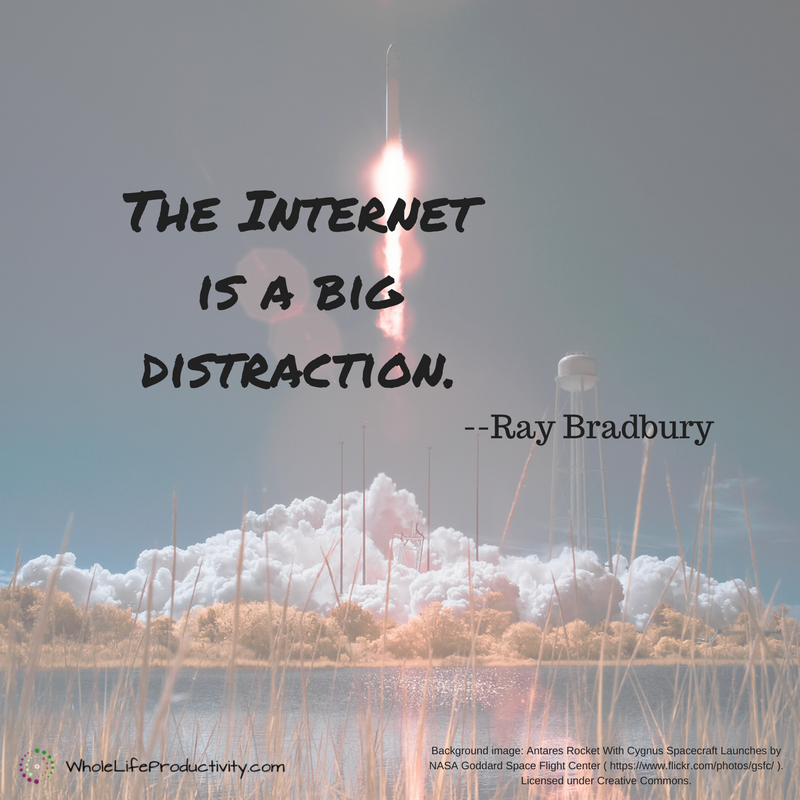5 Time Estimating Tips
Mondays are productivity days at SimpleProductivity blog.

One of the fundamental aspects of time management is being able to accurately estimate how long a task or series of tasks will take.
A large chunk of my success in my job as a computer consultant comes from being very good at estimating tasks. Today I thought I would share 5 time estimating tips with you.
Granularity Is Your Friend
Most times estimates are off because the task wasn’t broken down and all parts considered.
Let’s say that your task is to wash the dishes from breakfast. Washing the dishes themselves might take 5 minutes, but you also have to put away the dishes already cleaned, and wipe down the surface where breakfast had spilled. All of these steps are necessary, or the task would be incomplete; leaving it undone will leave you with work to do in the future. Yet each of these tasks adds time onto the total task time.
Steps can be overlooked; therefore when considering a task, consider all the things that need to be done for it to be complete. Breaking down the task, particularly the first few times you do it, can help you show what those smaller steps are.
How to get granular: start with a piece of paper and write the task at the top. Start listing everything that needs to be done to make this task complete. If it requires more than 2 minutes of time, or a change of location, write it down as a separate step.
Look for Dependencies
Sometimes tasks have hidden dependencies that can impact how long it will take you to complete your task.
Let’s say your task is to print a document on your computer. Most people would just toss that off and say “10 minutes”. But what if you knew that you didn’t have any ink for the printer? That would mean you would have to make the trip to the store to buy the ink, adding an hour onto your estimate.
Dependencies are not necessarily so obvious. Let’s say you have a task that requires a document from another department. You might only have to do an hour’s worth of work, but when you look into the project, you find that the other department can’t get you that document for a week. Although it doesn’t impact the amount of time you have to put into the project, it does impact when you can work on it, which might conflict with other things you need to do.
How to spot dependencies: for each task on the list you made in the step above, think about what may need to be done for it. If the task is something you need to do, put it on the list. If it is something someone else needs to do, find out when they will be done. If it is dependent on another thing on the list, draw arrows between the tasks to indicate an order of steps. Don’t worry if there is not a clear path between the steps of your task.
Look for Similarities
Many times steps inside of tasks are similar, and can take less time if you take them as a batch.
Let’s say your task involves processing a stack of invoices into the accounts payable system. For each invoice, you must enter the information, copy the invoice, file your copy and send the original to accounting. If you had 10 invoices, and processed each one start to finish, that would mean 10 trips to the copy machine, and 10 interoffice envelopes to accounting. (Trust me, you don’t ever want to do that to accounting. When accountants get grumpy, bad things can happen).
However, if you process them in a batch, you can move much quicker. You enter the 10 invoices, then take the stack to the copier and copy all of them, then put the originals in a single interoffice envelope, then file all the copies. This process will take a lot less time because you have batched the similar activities. Instead of 15 minutes per invoice, you could have them all done in 45 minutes.
How to spot similarities: these can be found in the activity you are performing. Look for things that use specific pieces of equipment, or perhaps occur in a certain location. Don’t go overboard, though. Saving all off a particular type of task until you have amassed a bunch may actually cause delays.
Practice Makes Perfect
Time estimating is a skill, and it takes practice to be effective. While the steps above may seem like overkill, if you really think though the process of time estimating each time you do a task, you will get better estimates. Eventually, you will be able to base your time estimates on your experience.
Practicing with the steps above will give you a basis and remind you of things you might have forgotten.
How to practice: keep a time estimating document, listing the type of task, what you estimated, and how long it actually took you, as well as anything you might not have thought of when you did the estimate. This type of document can be helpful in the case where you are asked to do many different types of tasks from week to week.
Know It Will Take Longer The First Time
The last tip is know that the first time you will do a task will always take longer than consequence repetitions. Why? Because you have to learn what to do.
I was asked to update email templates at a client. With no knowledge of the project, formats, or database, I had to learn those things for the first email. I didn’t have to re-learn that information for the the subsequent email templates, so the next few took less time. The first template I estimated at 4 hours, and it took me 3.5. The 5 following emails were estimated at 1 hour each. The first of the five took the full hour as I wrote down the repeatable steps, and the following ones took 30 minutes each. (Note that even these seem like they could have been batched, the testing and versioning policies required each email template be handled independently)
How to incorporate learning time: the first time you do a task, write down pertinent information so that if you ever have to do it again, you don’t have to start from scratch. If you can find a repeatable set of steps, write those down as well. Each time you document what you are doing, you are saving yourself time on future similar tasks.
Good time estimating is crucial to good time management. By breaking tasks down, looking for dependencies and similarities, practicing your skills, and knowing that the first time will always take longest, you can hone your time estimating skills.
Photo by kretyen. Licensed under Creative Commons.



